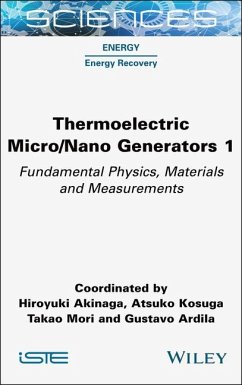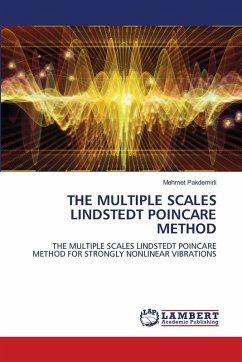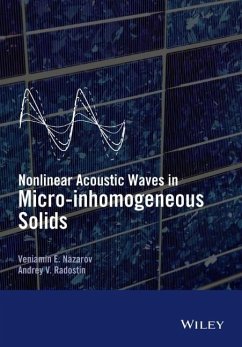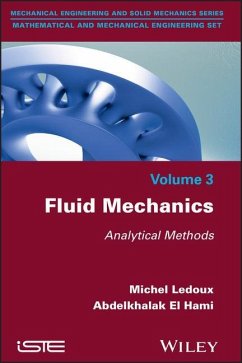
Mechanics and Physics of Solids at Micro- And Nano-Scales
Versandkostenfrei!
Versandfertig in über 4 Wochen
159,99 €
inkl. MwSt.
Weitere Ausgaben:

PAYBACK Punkte
80 °P sammeln!
Chronicling the 11th US-France �Mechanics and physics of solids at macro- and nano-scales� symposium, organized by ICACM (International Center for Applied Computational Mechanics) in Paris, June 2018, this book addresses the breadth of issues raised. It covers a comprehensive range of scientific and technological topics (from elementary plastic events in metals and materials in harsh environments to bio-engineered and bio-mimicking materials), offering a representative perspective on state-of-the-art research and materials. Expounding on the issues related to mesoscale modeling, the first ...
Chronicling the 11th US-France �Mechanics and physics of solids at macro- and nano-scales� symposium, organized by ICACM (International Center for Applied Computational Mechanics) in Paris, June 2018, this book addresses the breadth of issues raised. It covers a comprehensive range of scientific and technological topics (from elementary plastic events in metals and materials in harsh environments to bio-engineered and bio-mimicking materials), offering a representative perspective on state-of-the-art research and materials. Expounding on the issues related to mesoscale modeling, the first part of the book addresses the representation of plastic deformation at both extremes of the scale - between nano- and macro- levels. The second half of the book examines the mechanics and physics of soft materials, polymers and materials made from fibers or molecular networks.













